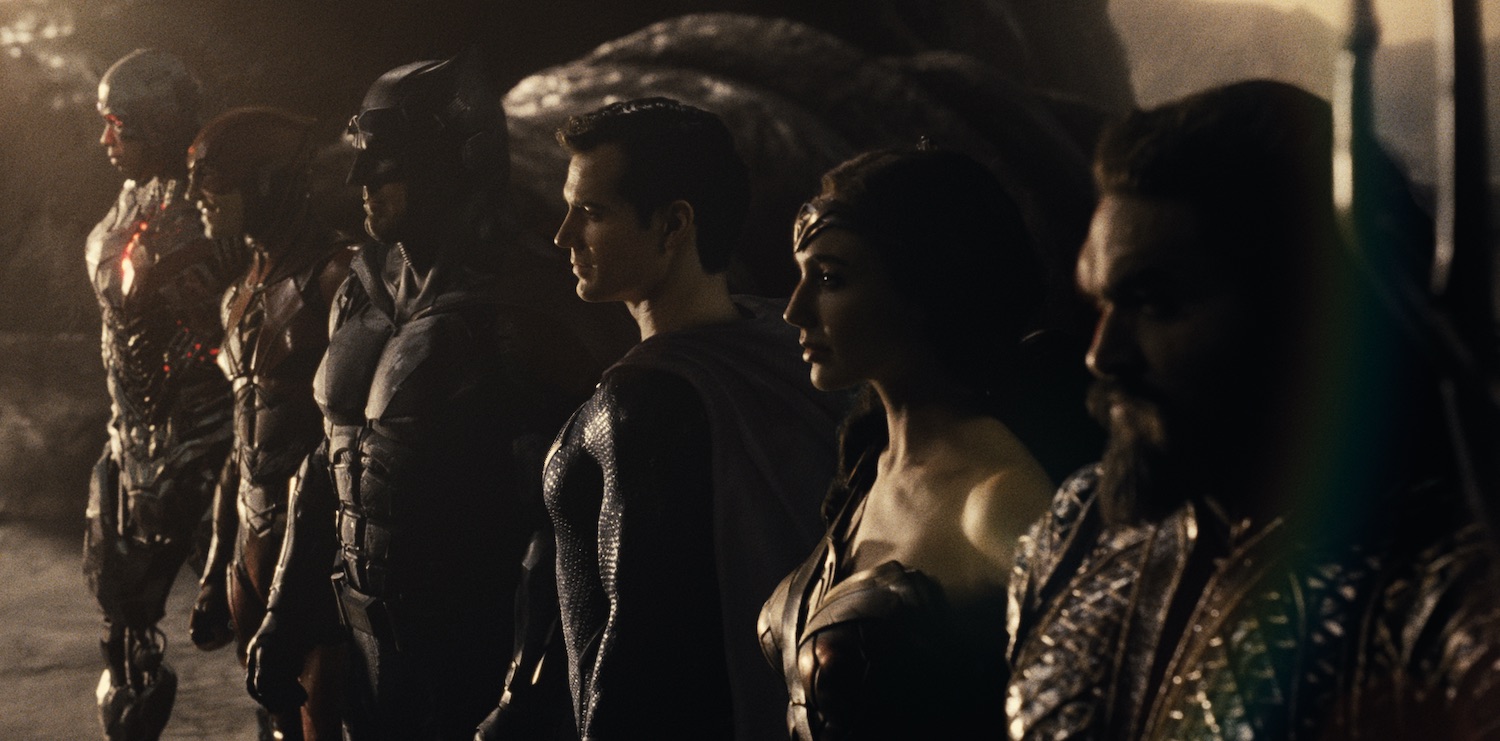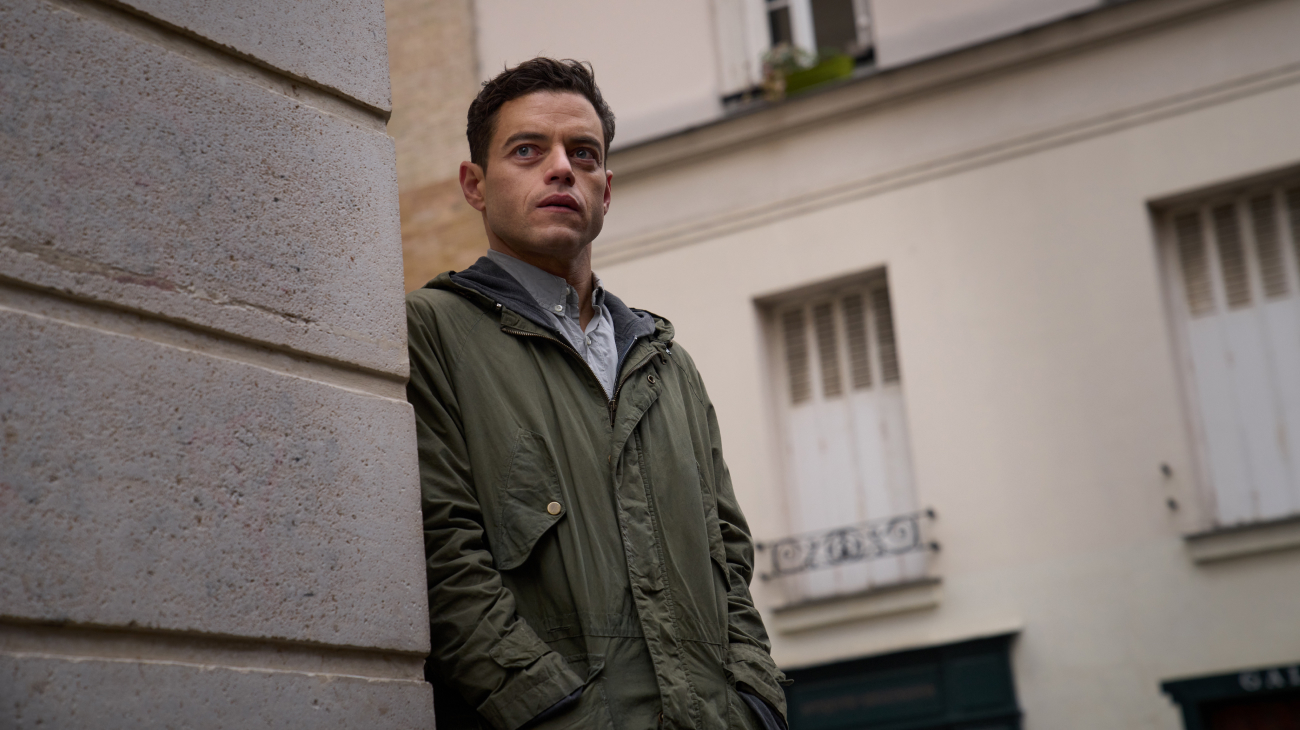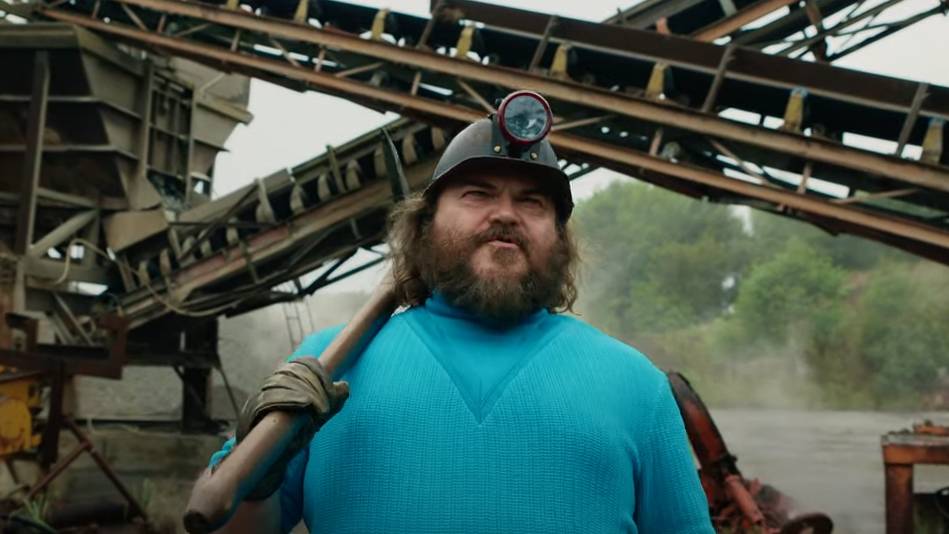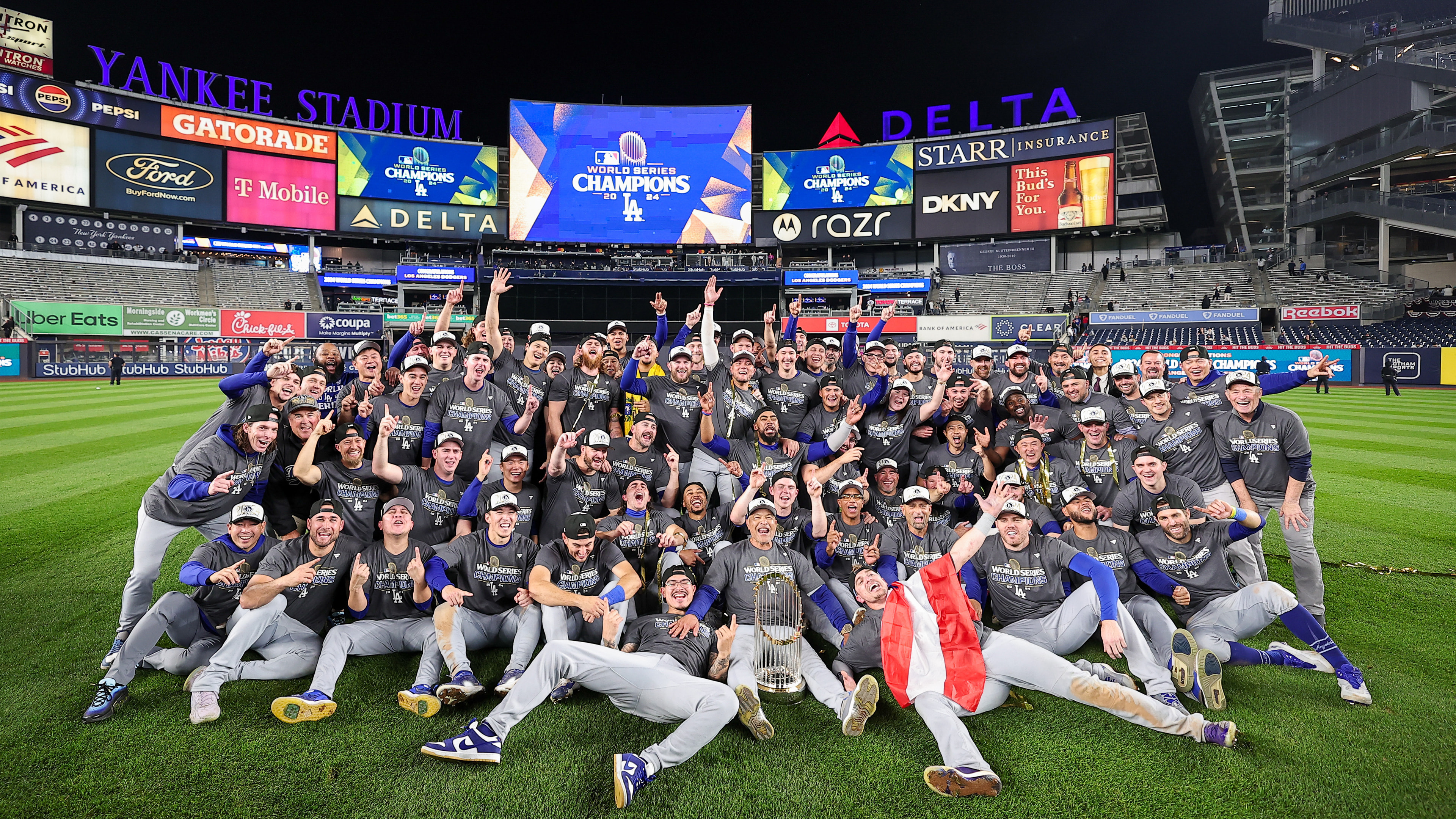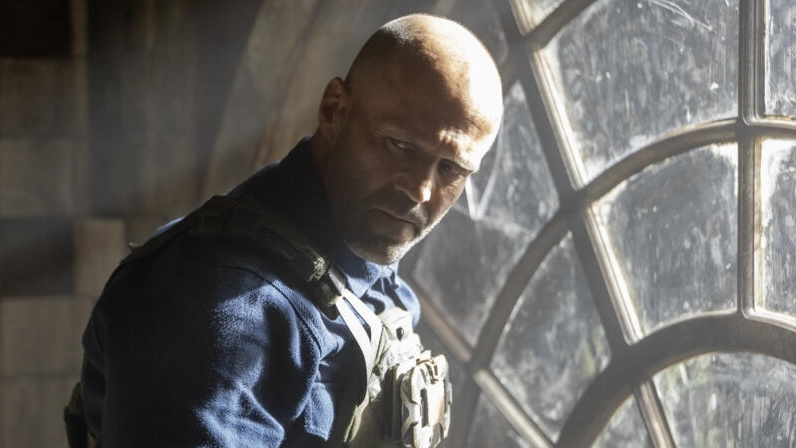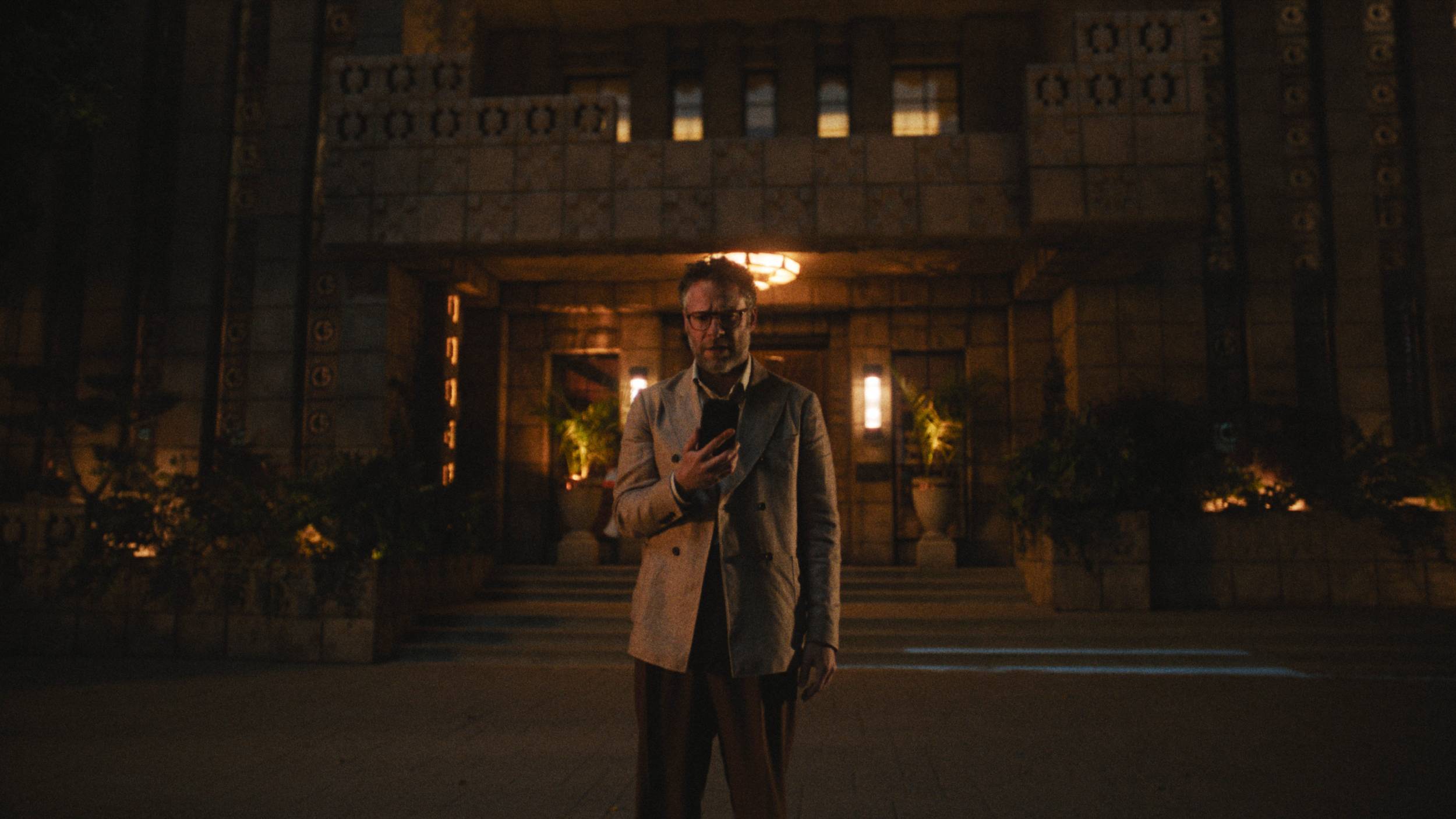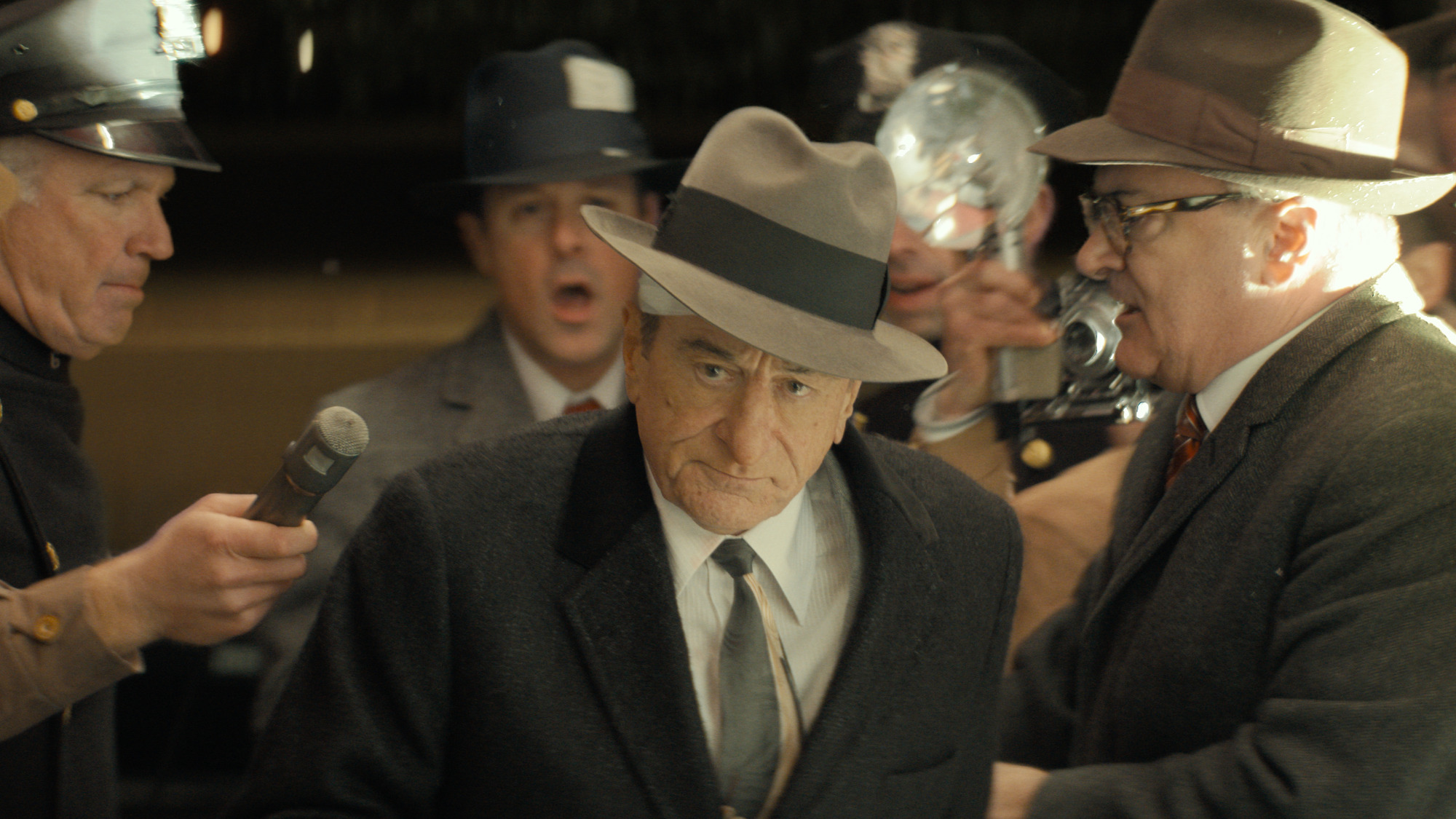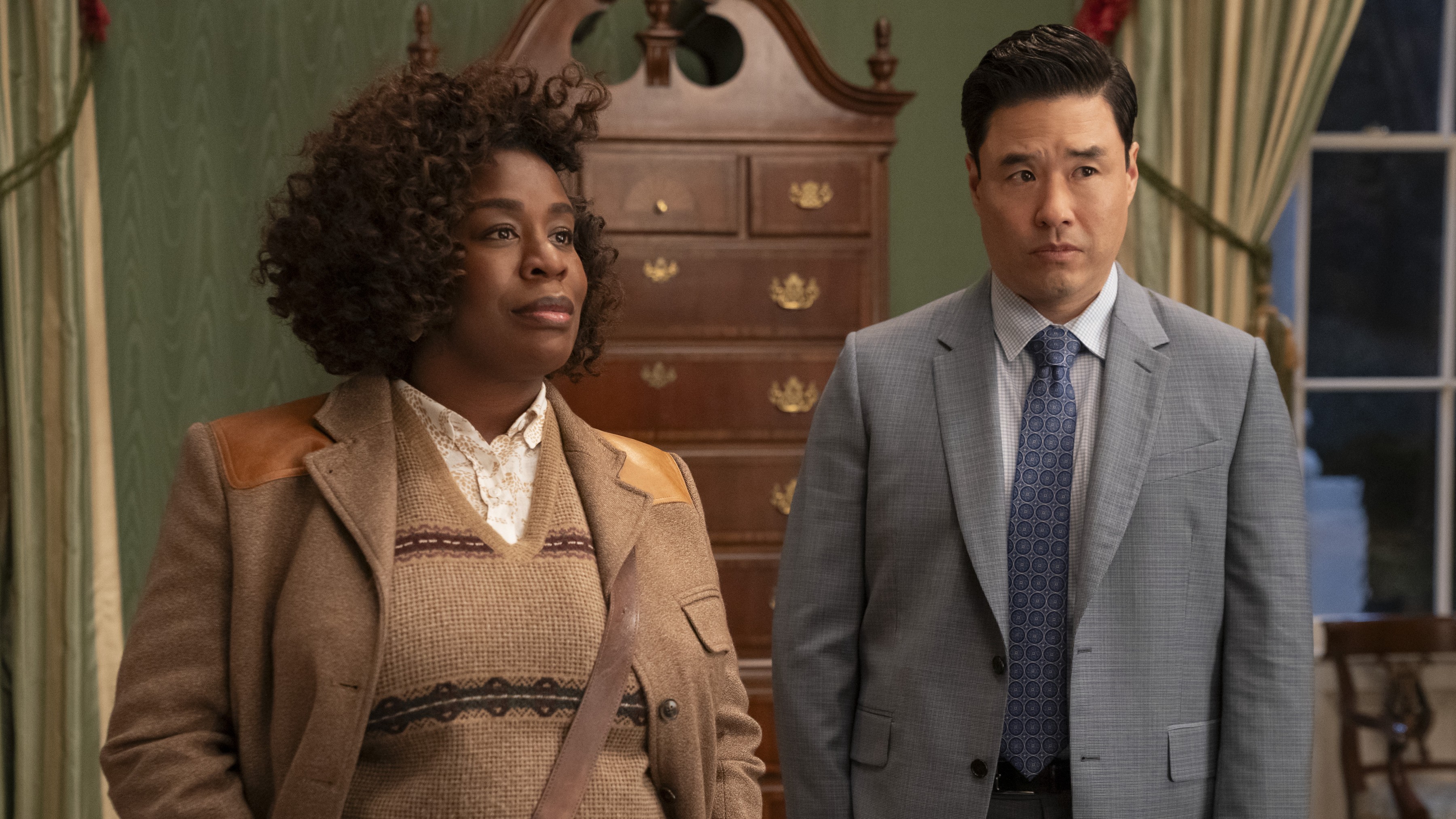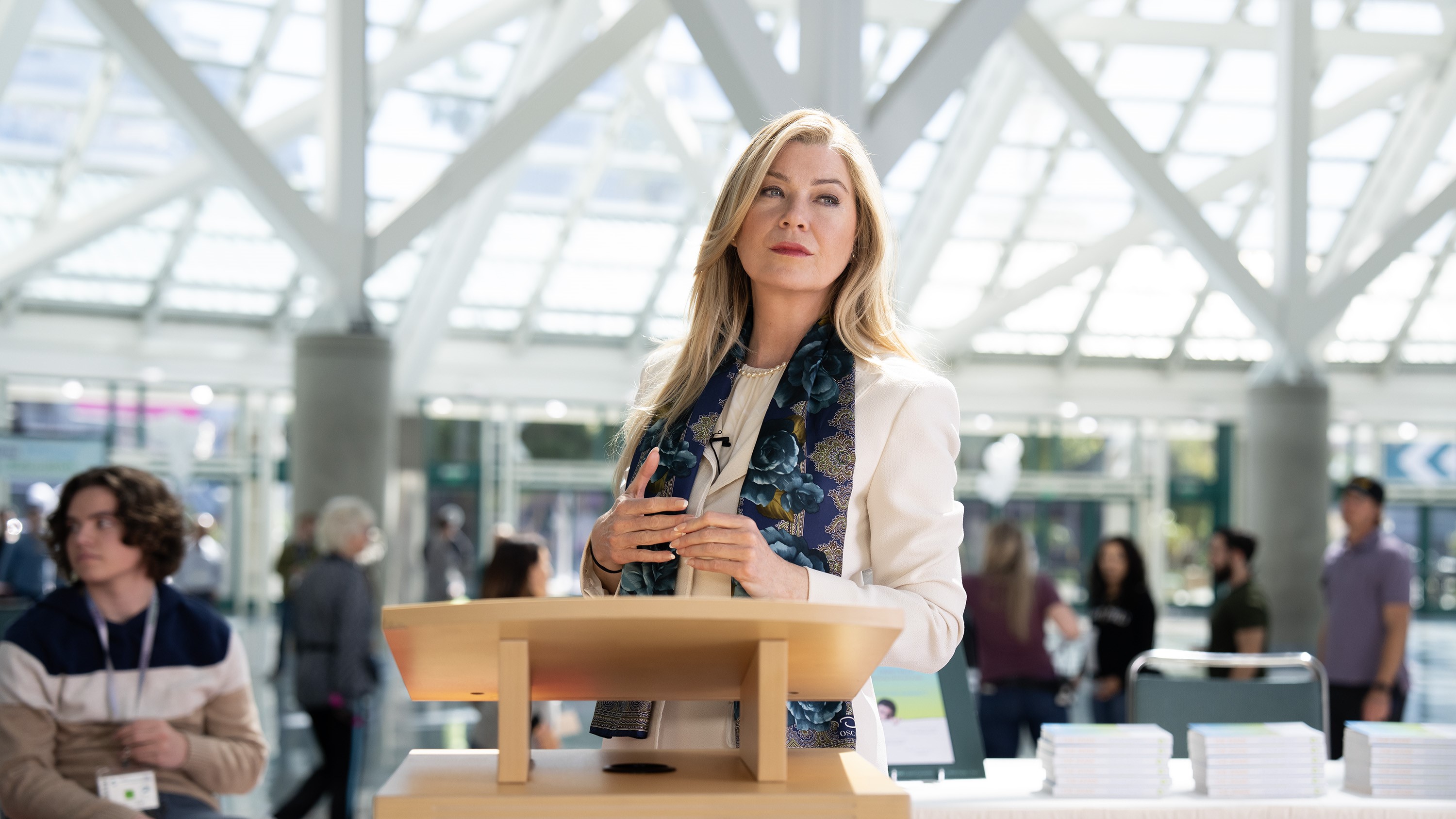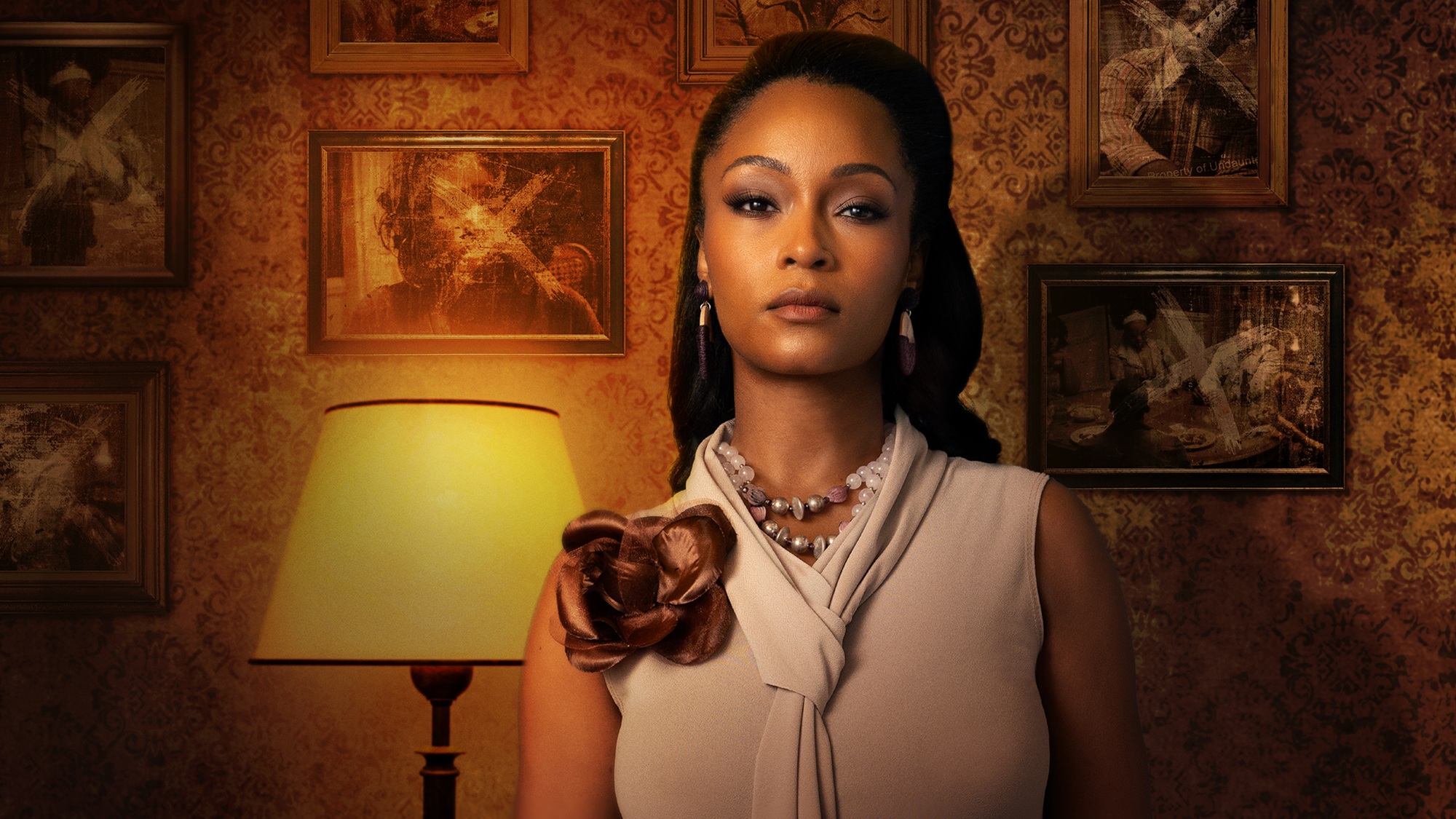What to Watch Verdict
Zack Snyder's completed version of 'Justice League' undoubtedly offers closure to the saga of its competing cuts, but fails to solve issues that existed at the conceptual level.
Pros
- +
💥 Flash and Cyborg finally get the screen time and substance they deserve, bolstered by strong performances from Miller and Fisher.
- +
💥 For better or worse, Snyder's muscular filmmaking is on full display here, creating dynamic comic art come to life.
Cons
- -
💥 The script by Snyder, Chris Terrio and Will Beall creates a lackluster basic story that doesn't benefit from extra length.
- -
💥 Superman feels like more of a plot device than ever in a film that studiously tries to keep him out of the action as long as possible.
Zack Snyder’s Justice League is a Return of the King that thinks it’s a Fellowship of the Ring, or more accurately, a turducken of The Hobbit Extended Editions unaware that their theatrical iterations were already way too long. Like Peter Jackson’s increasingly self-indulgent Tolkien adaptations (especially across the follow-up trilogy), Snyder throws in everything including the kitchen sink to his story of the formation of the Justice League, which occasionally makes for a clearer experience but one that’s worse overall, mostly because it more vividly exposes the flaws that existed with its original premise. It remains to be seen if the army of hashtag warriors hectoring anyone with cross words about this previously incomplete film will consider it a vindication to discover that shockingly little about this cut is truly different than the previous one, but the excision of signature cheekiness from placeholder helmer Joss Whedon renders this film an even more humorless affair than before, amplifying the self-seriousness that frequently made Man of Steel and Batman v Superman: Dawn of Justice oppressive to watch.
Originally envisioned as the first of a two-part opus, Snyder’s concept to bring together the heroes of the DC Universe for the first time was disrupted by personal tragedy and completed for the screen by Whedon, then riding high from his pedigree on the first two Avengers films. With a price tag of more than $300 million, Justice League was already one of the most expensive films ever made, reportedly lost Warner Bros. $60 million and received harsh reviews from both fans a critics alike for its dour tone and uneven execution. But four years, an unprecedented fan campaign and another $70 million in completion costs later, Snyder finally delivers his authentic version of the story he created with Chris Terrio and Will Beall — one that’s longer, more detailed and decidedly weirder, including easter egg supporting characters and premonition dream sequences that will likely never be fulfilled, even if Warner Bros. ponied up the cash this one time to complete ambitious frequently striking computer-generated effects.
The biggest problem with this version of the film is that it feels like it’s long for the sake of being long, expanding sequences with new musical accompaniment and ponderous reaction shots to approximate dramatic weight that the story doesn’t earn. For a movie where all of the Earthbound characters are constantly obsessed with protecting one or more of these pulsating “motherboxes,” the extra air in these scenes undercuts the urgency of keeping them away from Steppenwolf and his minions; after faithfully recreating comic book panels in 300 and Watchmen, where existing images were already married to dynamic stories, Snyder stages every moment to maximize its iconic potential, almost like a living Alex Ross painting — creating something indefatigably cool but just not very compelling. Consequently, a handful of the centerpiece action sequences in the film (both then and now) still produce more questions than they do thrills, or just make very little sense even within the film’s internal logic.
Like before, Diana rescues a group of schoolchildren from terrorists, and also like before, Superman battles the fledgling Justice League after they combine their abilities to bring him back to life. But Wonder Woman does more property damage staging her rescue than the terrorists she foils, and I still have no idea why Superman gets into a fight with at least a few of the heroes he was previously friends with. (Deciding that he lost his memory is a fine if lazy answer, but why then would Lois Lane’s reappearance matter?) When Snyder, Terrio and Beall aren’t patting themselves on the back for how cleverly they rhyme lines of dialogue to connect characters across different scenes and situations, they’re implementing and interrupting invisible rules in order to stitch this origin story together so that, quite frankly, Superman doesn’t just save the day while the rest of them sit idly by. It was bad enough in Man of Steel and Batman v Superman that Superman felt like a civil service worker helping the people of earth out of glum obligation rather than creating the virtuous and idealistic icon that aspiring heroes like Ezra Miller’s Flash looked up to, but here he feels more like a plot device than ever.
One of the things that Whedon did improve upon was in creating a civilian public to react to — and sometimes be endangered by — the actions of these superheroes; creating a Russian family living on the edge of Steppenwolf’s homebase was admittedly a ham-fisted solution to remind us and the characters about the potential human collateral, but when giant menacing bug people are kidnapping individuals, and a glowing volcanic blister forms over a nuclear reactor and starts spewing light and fire into the sky, it feels like someone else in the world would notice, or try to do something, other than these six heroes. Instead, Snyder leans further in on the idea of alternate timelines and realities — so much so that Joker, in his brief and pointless cameo, antagonizes Batman about in how many of them he’s going to fail to accomplish his mission. The fact that these digressions are even more bleak than what’s happening in the movie’s main timeline makes them especially tedious, but they also speak alternately to what now constitutes comic book “reality” on screen, and the level of freedom and control Warner Bros. gave Snyder to believe that he thought he’d get to explore these avenues in the second part of this sage or future films.
That said, both Cyborg and Flash get significantly more screen time (or it feels that way, anyway), and some interesting themes emerge about parents and children that it would be interesting to know how thoroughly they were drawn in before Snyder’s tragic and unimaginable loss. In particular, each of the heroes receives some version of a speech from a parental figure about doing their best, not living in the past, fulfilling their destiny, or otherwise being told that they’re brilliant. Cyborg/ Victor Stone’s relationship with his father provides the most explicit spine of this emotional journey, with not one but two speeches from his father that are so spectacularly, comically overstated that they feel unbelievable even for a comic book movie. But that dimensionality unfortunately doesn’t quite provide a heavy enough counterbalance against Snyder’s muscular staging of the action (and, well, everything else); so much of the movie takes place in slow motion that it frequently feels like it’s lagging behind on life lessons that the audience already learned.
Ultimately, and after watching the film twice, it’s clear (again) that this is the better version of Justice League, even if its multiple chapters lend comfortably to staggered watching instead of one marathon viewing experience. Believe it or not, but I really like Snyder as a filmmaker, shortcomings and all, and for his sake — regardless of a fan base that I will be curious to see how they feel about a film that is not as wildly different as I think they were or are expecting — I am happy that he got to complete a project that is undoubtedly and inextricably connected to some of the toughest moments of his life and career, and hope that it brought him a sense of resolution or catharsis. Does that make Zack Snyder’s Justice League good? Unfortunately, not especially. But even if it’s unlikely that I will sit down and consecutively watch all four of hours ever again, it’s indisputable that there’s more to enjoy in the parts of this cut of the film than there were in the whole of the original one.
Todd Gilchrist is a Los Angeles-based film critic and entertainment journalist with more than 20 years’ experience for dozens of print and online outlets, including Variety, The Hollywood Reporter, Entertainment Weekly and Fangoria. An obsessive soundtrack collector, sneaker aficionado and member of the Los Angeles Film Critics Association, Todd currently lives in Silverlake, California with his amazing wife Julie, two cats Beatrix and Biscuit, and several thousand books, vinyl records and Blu-rays.
